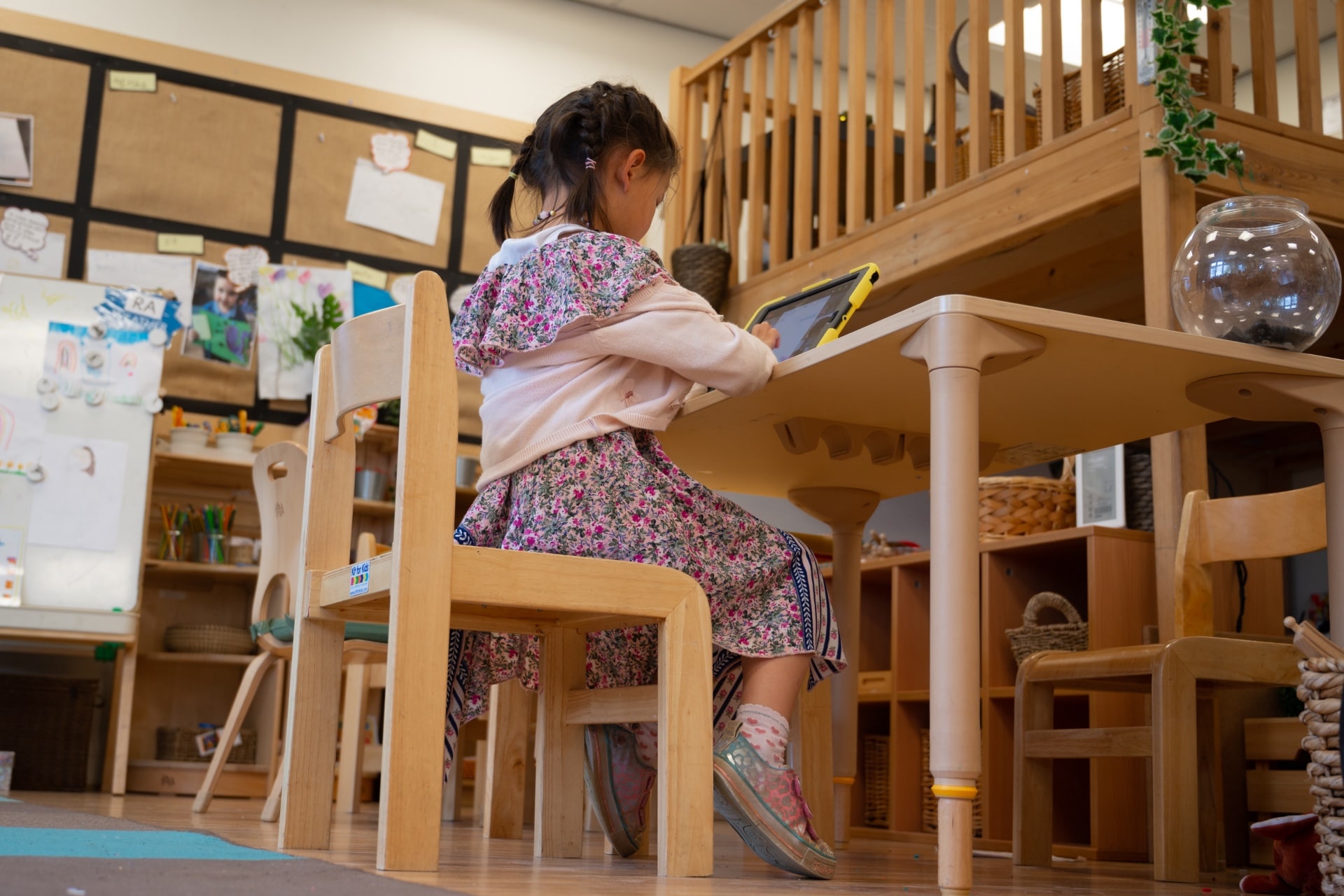School
4 min Read
Pandemic Back-to-School Plans by Province

August 13, 2020
School
4 min Read

August 13, 2020

The 2020/2021 school year will be monumental for public education in Canada: Due to COVID-19, provincial governments, school boards and parents alike have been tasked with the extremely difficult decision of choosing between homeschooling, remote/distance learning, in-school learning and even hybrid options.
Here’s a province by province breakdown of back-to-school plans.
British Columbia
Students will be grouped into “learning groups” of 60 (for elementary) and 120 (for high school); these aren’t class sizes but instead a limited number of students that are allowed to interact with each other, in hopes of making contact tracing simpler.
The BC government is also allotting $45.6 million to put towards schools’ preparations, cleaning supplies and other supplies for teachers.
Alberta
Alberta is fully reopening schools this September with masks optional and potentially reduced class sizes if an outbreak occurs. Precautionary measures will be taken, such as additional hand washing/sanitizing stations, assigned entrance and exit doors, and some schools will stagger class times.
Saskatchewan
Schools are reopening this fall, and the bulk of the planning is at the discretion of school boards and divisions. These plans will be reviewed by the Saskatchewan Education Response Planning Team. Students are being encouraged to limit physical contact but it’s been acknowledged that younger children will of course find this challenging.
Manitoba
Elementary students will be heading back full time, while high school may be conducting some remote learning. Measures are being taken for physical distancing in schools, and whenever it’s not possible students will be in cohorts. Masks are not mandatory but lunch and recess will be staggered. Buses will not be running at full capacity.
Ontario
Elementary and high school students are heading back full time, and while masks are mandatory for grades four to 12, they are optional for younger learners. Parents have the option of keeping their kids home, and if they choose to do so, remote learning must be provided by schools. High school students at 24 school boards will have students only attending school half the time, with a maximum 15 students per class.
Quebec
Students from pre-school to grade nine will return in six-student “bubbles” without physical distancing required. Teachers will move from classroom to classroom, and an emergency protocol is being created should there be a second wave. Students in grades 10 and 11 will have the choice between attending full time in their own bubble of six, or attending school at least every second day with their classmates while doing remote learning when they aren’t physically in school.
New Brunswick
Full time learning is mandatory in New Brunswick this fall; grades K-8 will attend full time in groups of 15. High school students will attend class every other day with reduced class sizes.
Nova Scotia
School will resume but with increased, proactive health measures. Classes will be treated as “bubbles” and will see increased physical distancing/spacing. When possible, classes will be conducted outdoors and masks are required in common areas such as hallways. Students are being asked to bring their own computers, and the province has acquired 14,000 computers for those students with limited access.
Prince Edward Island
Schools are reopening and they will be staggering entrance and exit times, lunches and recesses. Schools across the province will have varying protocols depending on variables such as size and physical layout. Bus routes are being added to keep numbers on buses low. Parents are being asked to drive their kids when possible.
Newfoundland & Labrador
The goal is full time, in-person attendance as long as no outbreaks occur, in which case a hybrid model will be offered. School districts are each choosing their best option and maintaining physical distancing and hygiene protocols. Class sizes will be limited when the COVID-19 risk is minimal-moderate, with priority given to youngest children (K-6) and those with special needs or children of essential workers.
Yukon
Students are returning but if there’s a second wave, class sizes will be limited. Each school has the autonomy to determine what best fits their needs, and protocols will be put in place for good hygiene in schools as well as on buses.
Northwest Territories
Schools are preparing for a blended approach to learning should there be a second wave this fall. There will be in-class and blended learning, with distance learning available for those with higher health risks.
Nunavut
All schools will resume this fall with increased cleaning measures, limited group activities, and no food sharing during lunch. If community transmission occurs, school may be shut down. As of August 13, Nunavut has no confirmed cases of COVID-19.